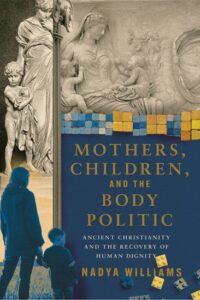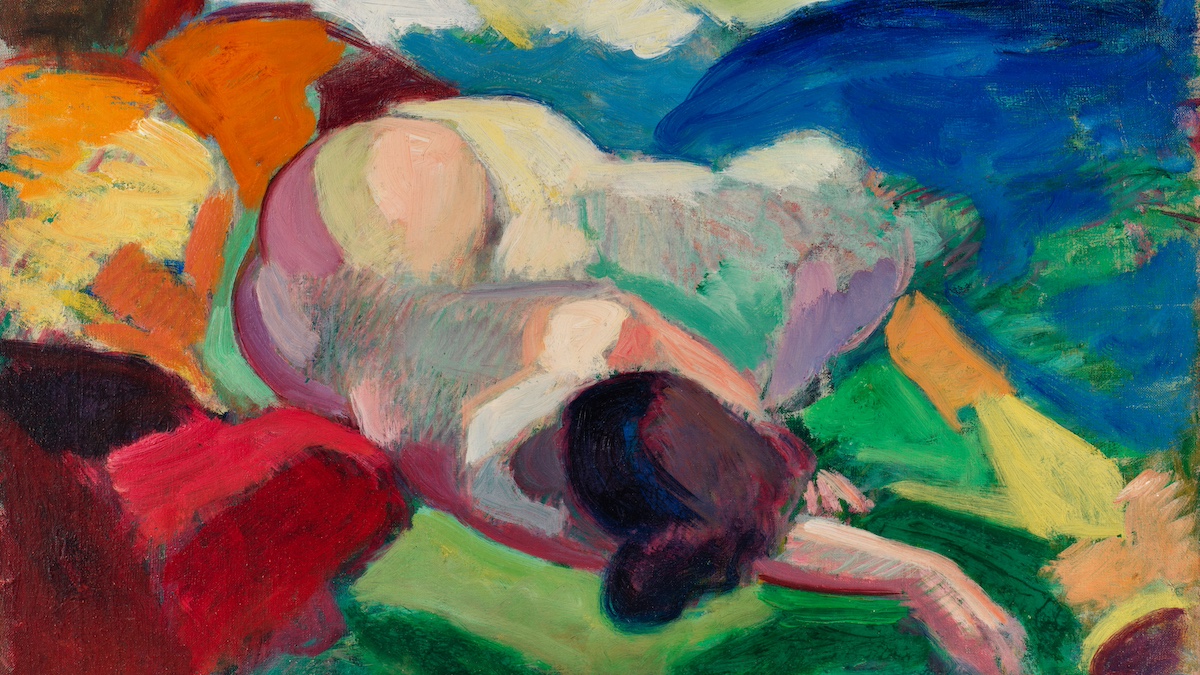Why are our adolescent girls believing that they were born in the wrong body? Why is transgender identification trending higher and higher among adolescent girls? And why are these girls being rushed into medical transition?
These questions cannot be answered without listening to the stories of female detransitioners and desisters (those who transitioned socially, but not medically, and then reverted). To prevent more children from being harmed, we must try to understand why so many young girls believe that they are transgender.
In the stories shared in our new book, The Detransition Diaries, we see three interwoven yet distinct themes: untreated mental health concerns and related trauma (including sexual abuse), peer or social contagion, and fear of being female.
In this essay, we will focus on that last component: the fear of being female.
Rooted in Misogyny
In 2021, Dr. Lisa Littman published a study in The Archives of Sexual Behavior that included one hundred detransitioners, who gave a variety of reasons for detransitioning. Some reported that their dysphoria was, at least in part, rooted in others’ misogyny or their own hatred of being female.
Misogyny is a hatred of, aversion to, or prejudice against women. Like the women in our book, girls might conclude that they were “born in the wrong body” because of how they are perceived. They may be afraid of being female, or they may not fit the traditional or stereotypical gender roles expected of them by their family, school, society, or culture.
Colin Wright, an evolutionary biologist, writer, and editor, an academic advisor to the Society for Evidence-Based Gender Medicine (SEGM), and a fellow with the Manhattan Institute, explains how “gender-affirming care” has been persistently—and horrifically—pushed onto girls once known as “tomboys.” It offers to “fix” a “perceived misalignment between ‘gender identity’ (i.e., social roles and stereotypes) and the child’s biological sex.” In other words, the term “transgender” is used more broadly to encompass “mere nonconformity with rigid traditional sex roles.”
Not only is this dangerous for young girls, but it also “repudiates decades of work by women’s-rights activists who rightfully gauged such notions as sexist and oppressive and fought to free nonconformists from social stigma.”
Chloe, Cat, Rachel, and Helena
All the women whose stories are told in our book were strongly influenced by this misogyny.
Chloe, who was diagnosed with ADHD and autism at a young age, was caught up in an online community that devalued being female and minimized women’s experiences as a whole. Chloe witnessed other girls online posting comments that devalued being female and the experiences of women and complained about menstruation. For adolescent girls, these concerns about their bodies can feel overwhelming. Too often, options that offer the hope of escaping the pain, awkwardness, and inconvenience of puberty and the negative associations with being female—options such as transgender identification—are presented as effective solutions without regard for their consequences.
Cat grew up in the nineties, and the culture at that time encouraged her dysphoria. She says the movies and television programs she watched were misogynistic in their portrayal of women characters and presented very restricted options for what little girls could do and be when they grew up. Cat observed that the males in these shows were portrayed as powerful, intelligent, and interesting, while the female characters lacked depth. They were portrayed as beautiful love interests and nothing more; if that was what being a woman was, then Cat wanted nothing to do with any of it. The role she wanted was more like those of the intelligent, interesting male characters, and this fed her gender dysphoria.
For Rachel, it was unsafe to be female. From a young age, her body had been objectified and violated, particularly by men who had sexually abused her on multiple occasions. She lived in a world where being female put her in grave danger. In addition to the abuse, she grew up with rigid sex-role stereotypes that she did not fit into or approve of, including an arranged marriage. Medically transitioning was a way to escape the scary female world in which she had found herself trapped.
Helena spent hours engaged in online conversations that normalized and even celebrated pornography, which made her resolve as a little girl never to get married or have sex. She worried that if she revealed her revulsion to her community, they would have branded her “anti- feminist.” So, like other girls, she felt she had to “play along” with the game, which shaped the way she would view herself as female.
Here, we have four separate accounts of how transgenderism can be, at least in part, rooted in a fear of being female. It is evident from these personal accounts how scary and overwhelming it can be for young girls to face a puberty coupled with abuse, stereotypes, and tremendous amounts of pressure from society and culture.
Making the World Safe for Girls
Some readers might doubt the influence of traditional male and female stereotypes in a modern world where, at least in the West, girls can grow up to do or be whatever they want. We’ve been taught for decades how harmful gender stereotypes are, and it is true that women and men today have roles that break historical norms. But transgender ideology is nevertheless rigidly stereotypical.
An anonymous teacher writes, as reported by Wesley Yang, that the gender stereotypes with which girls such as Cat and Rachel struggle are still in full force within America’s schools:
Every one of my colleagues, if asked, would immediately say that gender stereotypes were harmful bullshit—yet they’ve created (or at least encouraged) a sorting system where “girl” is the category for feminine children, “boy” is the category for masculine children, and anyone who even comes close to the edges of either gets plucked out and relabeled non-binary. It breaks my heart to think these students are growing up in such a rigid, self-policing culture, where the gendered expectations I thought we’d put behind us now structure their basic sense of self. When I was their age, my school had a fair share of bullies who would taunt girls with short hair by saying they must really be boys—but at least the school administrators back then didn’t agree!
The prevailing culture in schools today looks for the girls who cut their hair short and don’t conform to gender stereotypes. It encourages these children to change their pronouns and ushers them into a world where they can medically change their body to adhere better to sex stereotypes. Instead of changing the stereotypes that imprison them, the culture pressures them to change their bodies to fit the stereotypes better.
Natasha Chart, a woman with autism, describes herself as a lonely girl with unusual interests. She loved dinosaurs, archaeology, and science fiction. She had been teased by her peers and remembers hating being a girl because she was forever being told she couldn’t do things. Like Cat, she felt limited. Like Chloe, she hated puberty and the changes that came with it. Fortunately, unlike them, she continued to grow without seeking or being offered the option to transition medically. Natasha passionately and solemnly states her essential concerns:
Every year we don’t stop this, how many hundreds or thousands of young girls like me, like some of you—all the other girls who hate their bodies getting lumpy and sore—how many of them are going to leap at the chance to have their newly-lumpy chest flattened out again by mastectomies before they stop being sore? How many of them are going to leap at the chance to have their annoying periods magicked away by hysterectomy, without realizing what it means to go on menopause in your teens and the huge impact that has on cardiovascular health? It can take decades off your life to go into early menopause.
How do we stop this internalized misogyny? How do we learn to let children live outside the boundaries of gender stereotypes without labeling them “nonbinary” and ushering them to the closest gender clinic? How do we make this world safe for girls to grow up female?
Rushing to offer cross-sex hormones and surgeries to remove healthy breasts and other reproductive organs is not the answer. Libby Emmons, editor-in-chief of the Post Millennial, argues that we must encourage girls to “embrace those aspects of femininity that are unique to women alone” so that they have the opportunity to “live as their authentic female selves.”
As Emmons says, “We do our girls a disservice when we lie to them and tell them they don’t have to be women.”
Adapted from The Detransition Diaries by Jennifer Lahl and Kallie Fell. Copyright © 2024. Used by permission of Ignatius Press.




